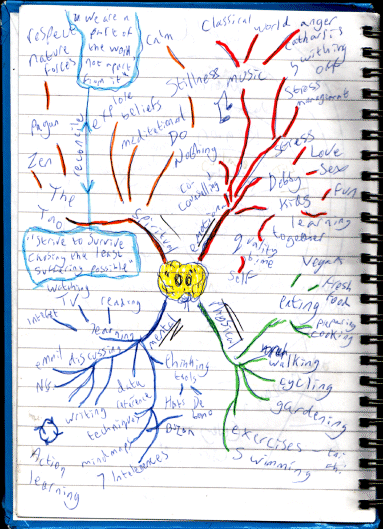Most book writers like to start at the beginning. It is, after all, a very good place to start. (Thanks, Maria.) However, like many aspects of writing a book, working out where to begin isn’t always as simple as it seems.
First-time authors often get stuck at the introduction. Until they have to write one themselves, most rookie book writers have never considered that introductions ain’t introductions. Some books have an introduction, but others have a preface, some a foreword and others still a prologue.
What’s the difference?












